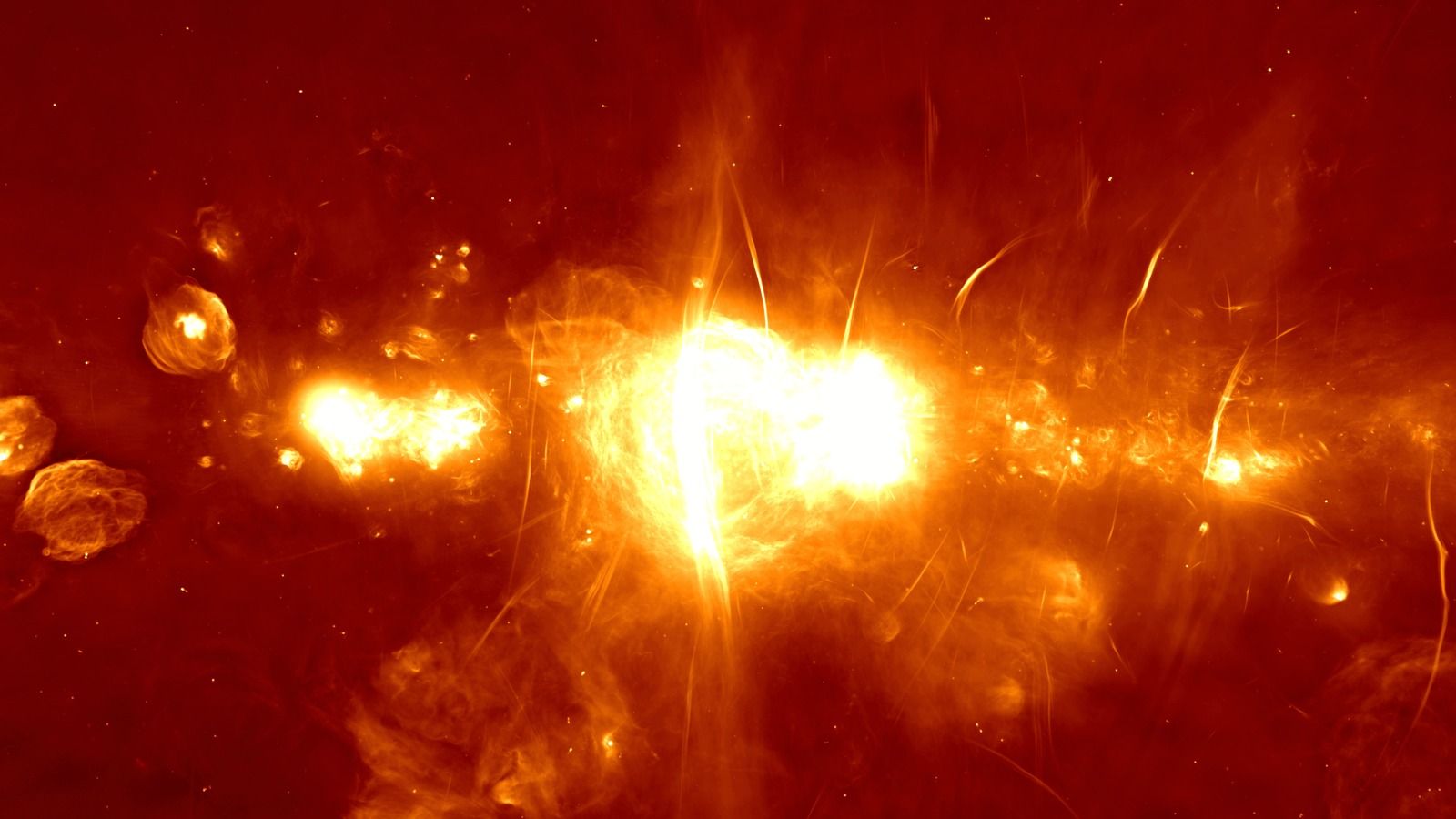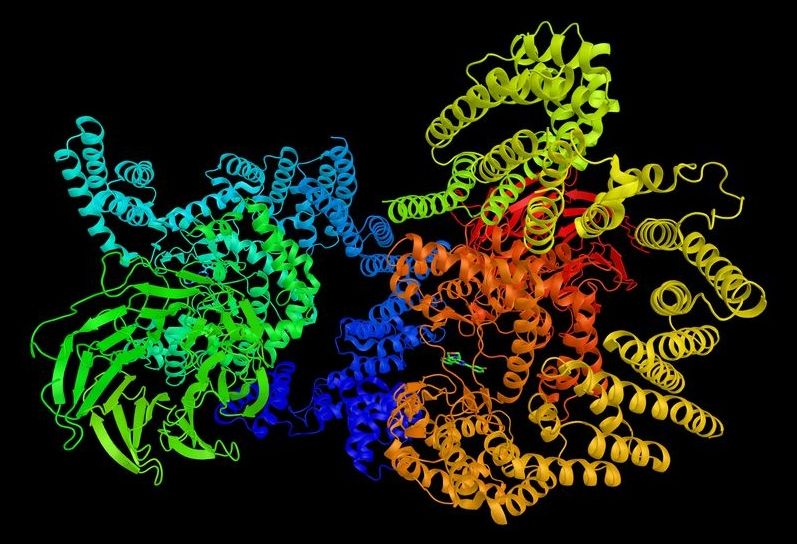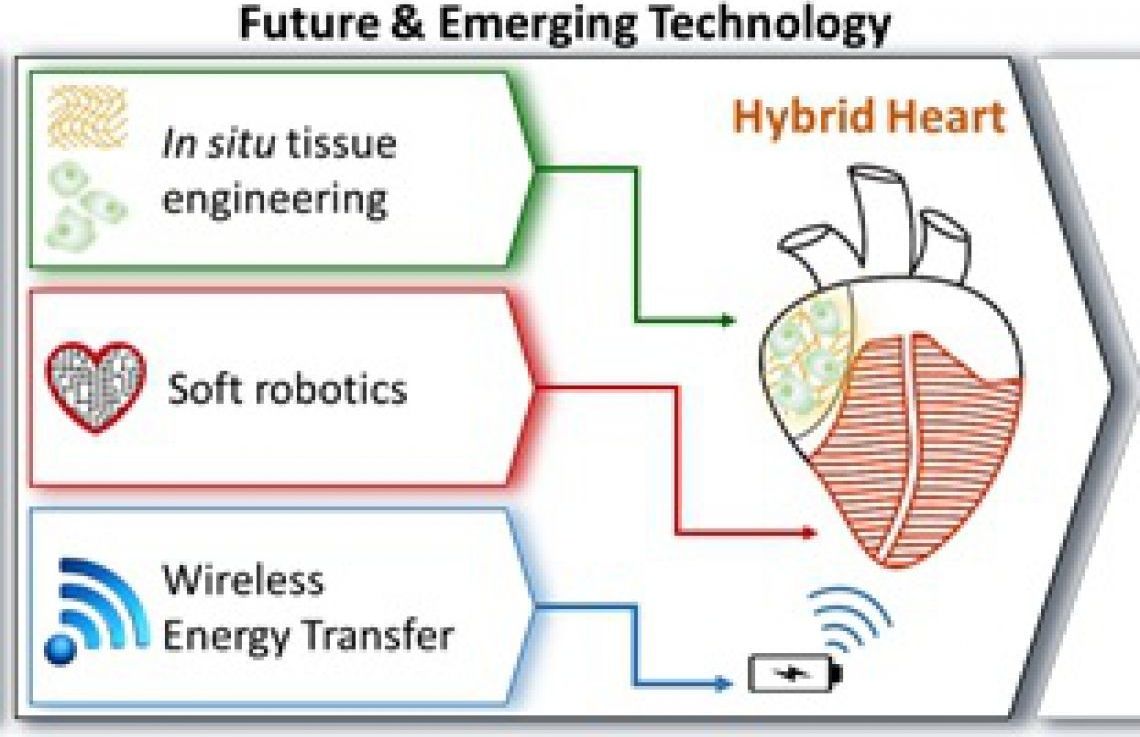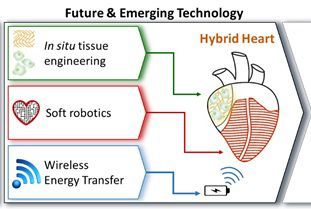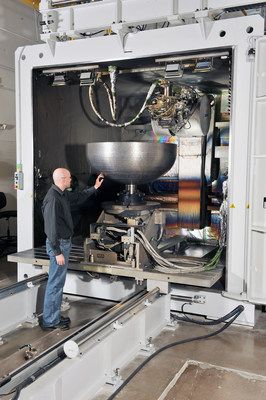You’re looking at the center of our galactic home, the Milky Way, as imaged by 64 radio telescopes in the South African wilderness.
Scientists released this image today to inaugurate the completed MeerKAT radio telescope. But these scopes form part of an even more ambitious project: the Square Kilometer Array, a joint effort to build the world’s largest telescope, spanning the continents of Africa and Australia.
